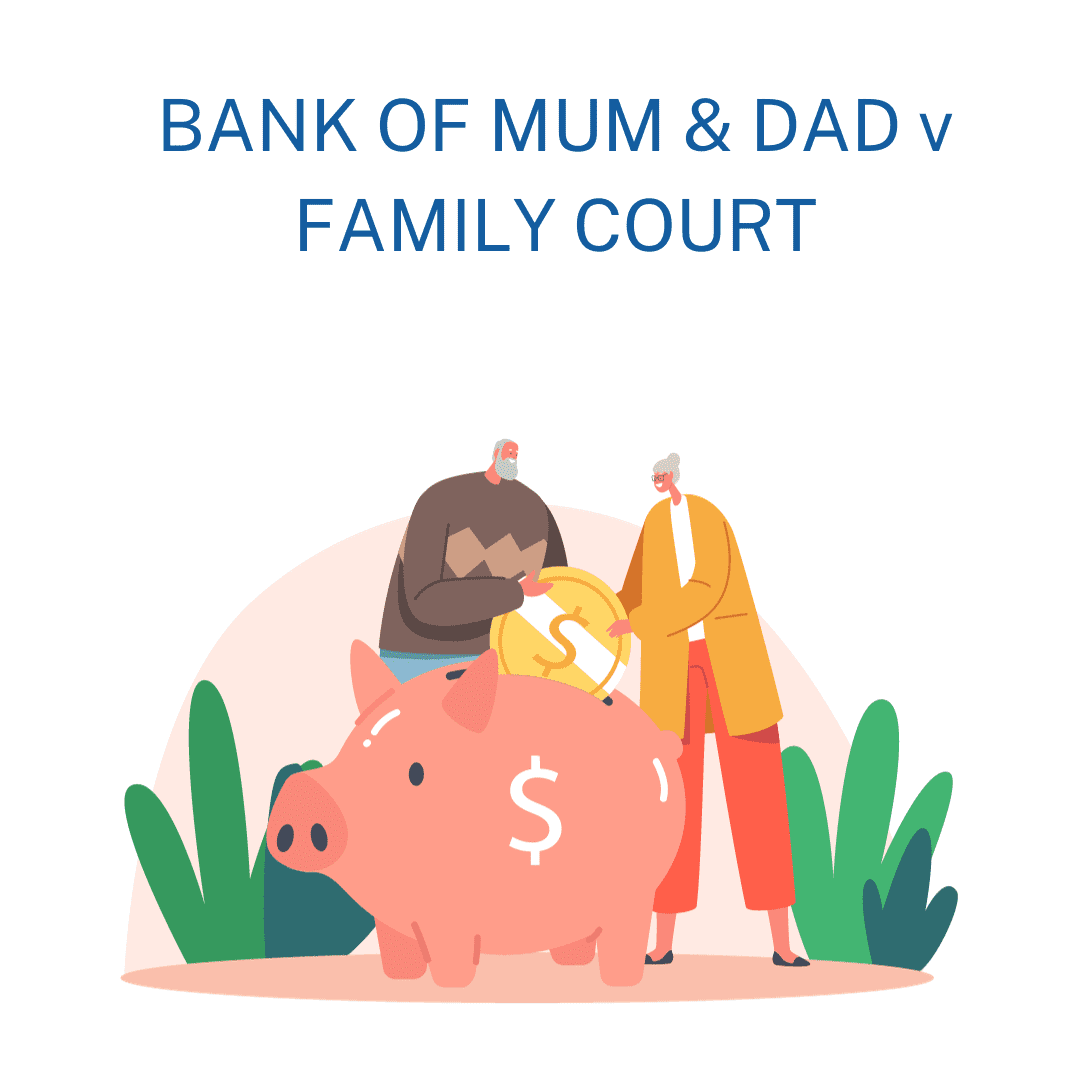Young couples wanting to get into the property market are having a hard time of it. Interest rates have skyrocketed, as has the value of property.
Enter the Bank of Mum and Dad. This source of finance is now more readily available. More so as the Baby Boomers age, downsize, or (sadly) die. Their average life expectancy ticks over in 2029.
How is this to be documented, particularly given that the chance of separation is high? Ideally a Prenup is put in place to cover all financial benefits coming from the inheritance bonanza. A Prenup can deal with only some financial issues, and can include third parties. P\ An inter family loan is the perfect example of how a Limited Prenup can provide a solution. It allows the Couple and the Parents to contract the terms, which can be enforced in the Family Court. If the Couple separate, the Financial Agreement provides for the Parents to be paid out. This gives total protection from the dreaded “Erosion Principle”. Put bluntly, the longer the relationship the more the credit erodes for even very substantial bequests, including post separation.
To date, Parents have resorted to third party loan agreements and mortgages, which, if complied with, should be enforceable. However, as far as the Family Court is concerned, the classic “It depends” is often invoked. Repayments are not made, the Statute of Limitations may have run. In reality, the parents could never call up the loan, for emotional reasons. The outcome is uncertain. The Erosion Principle is applied.
A Limited Prenup removes those issues. The Outlaws (the Son in Law and his parents) are likely to be more receptive to a Prenup dealing exclusively with a loan. It is a reasonable request and repayment can be triggered if the Couple separate.
It is also possible to have a Limited Prenup signed after the Wedding. Seven years later. It is now a Nuptual Agreement. After separation is too late.
Peter Szabo
Author Family Law Practice Manual

